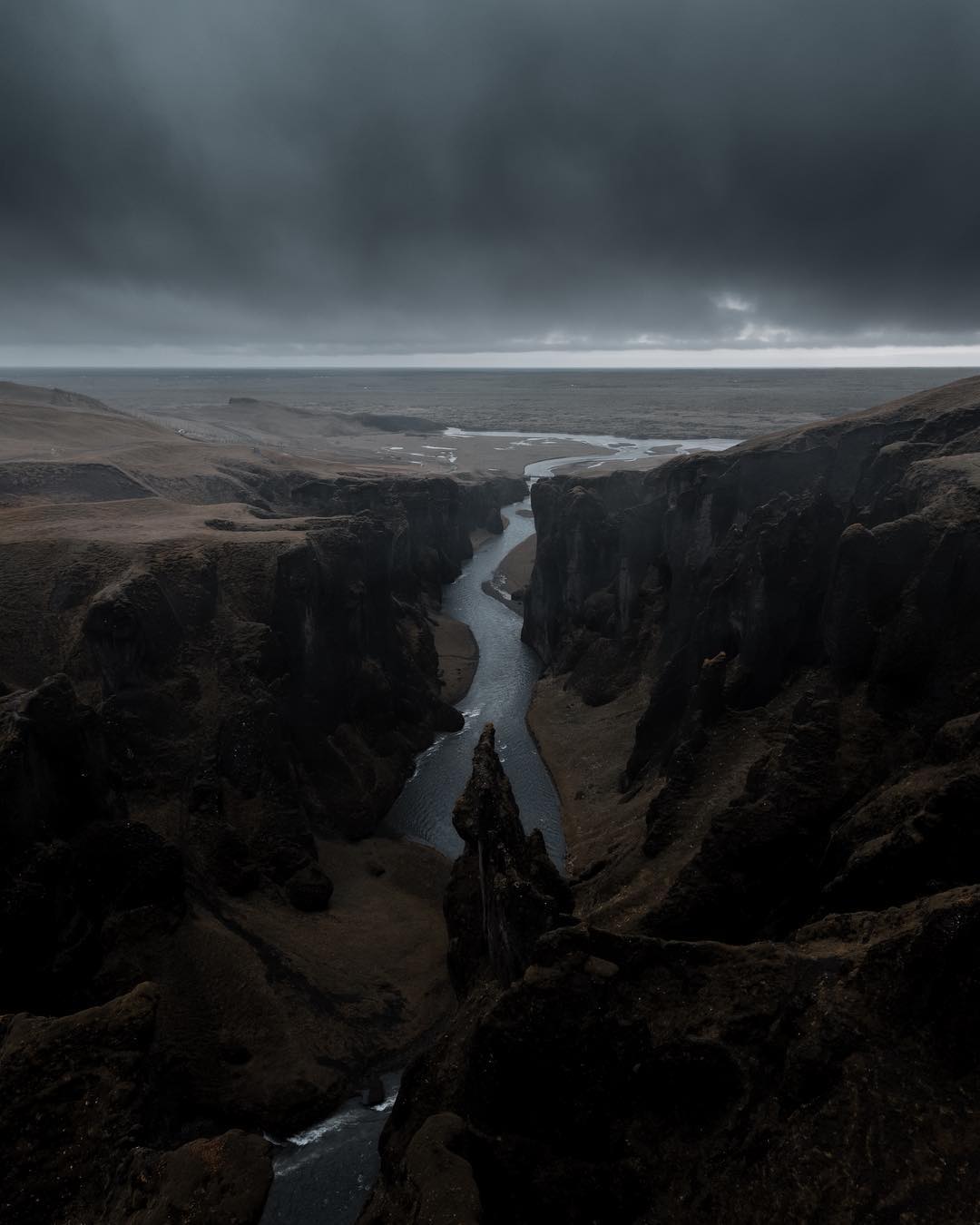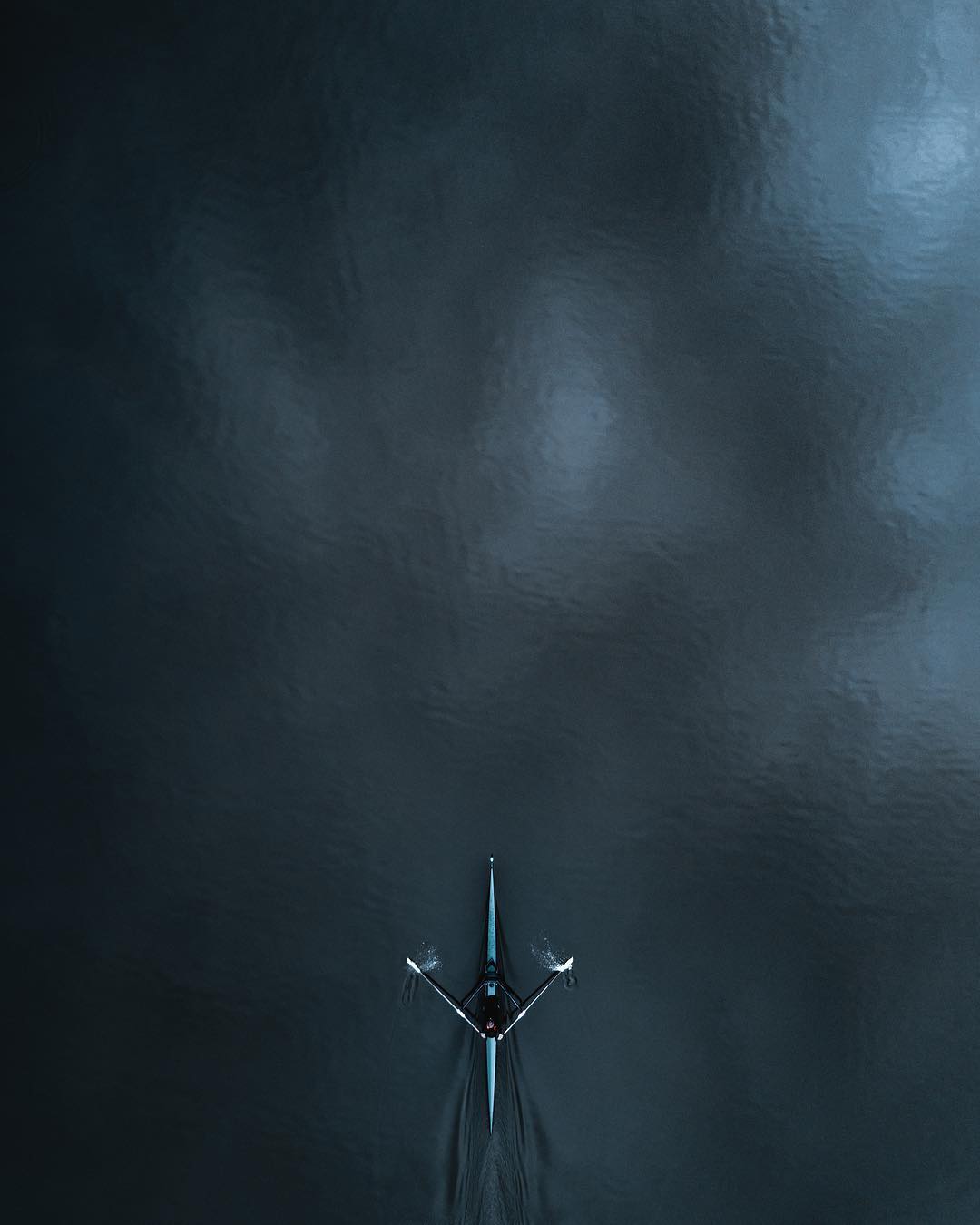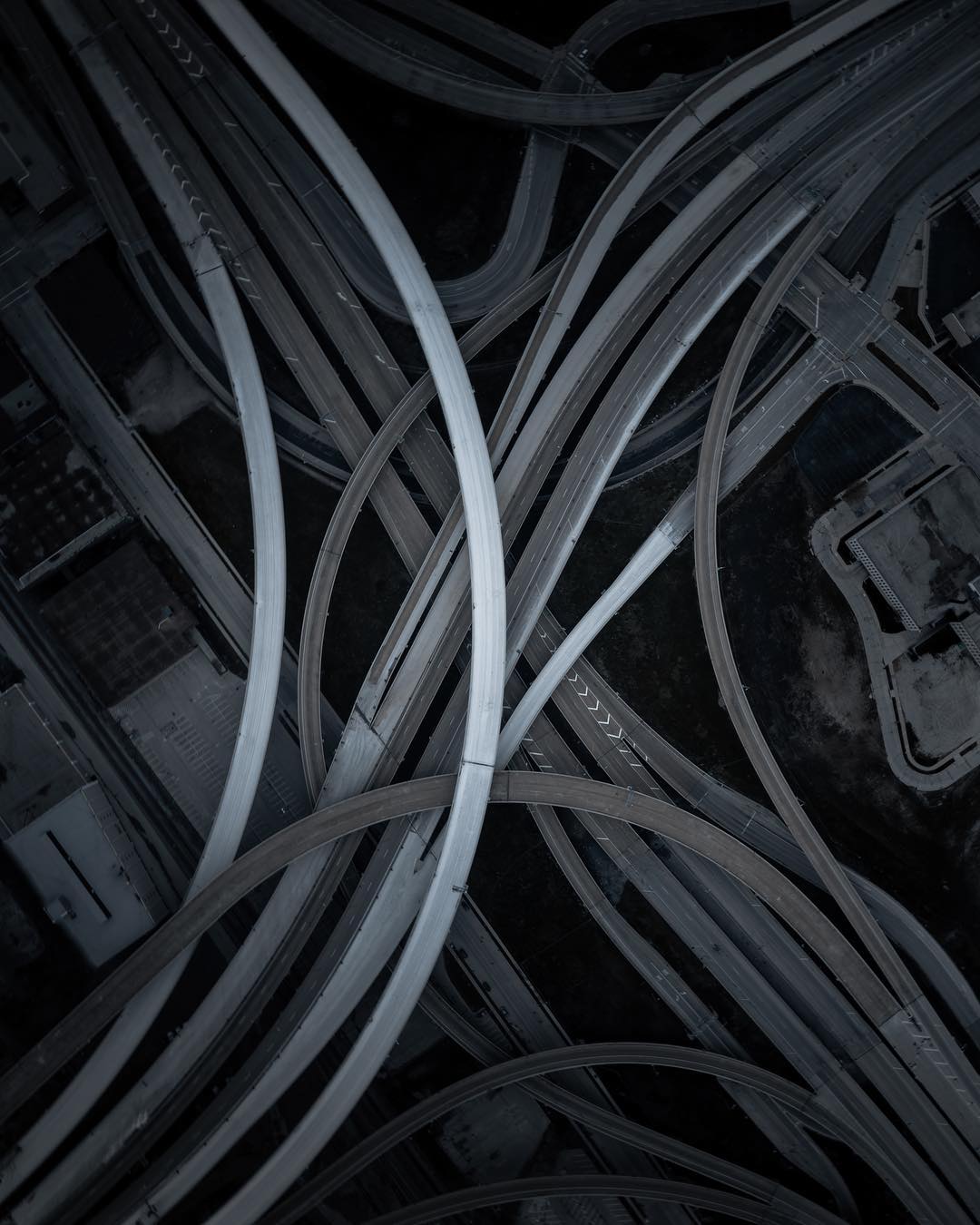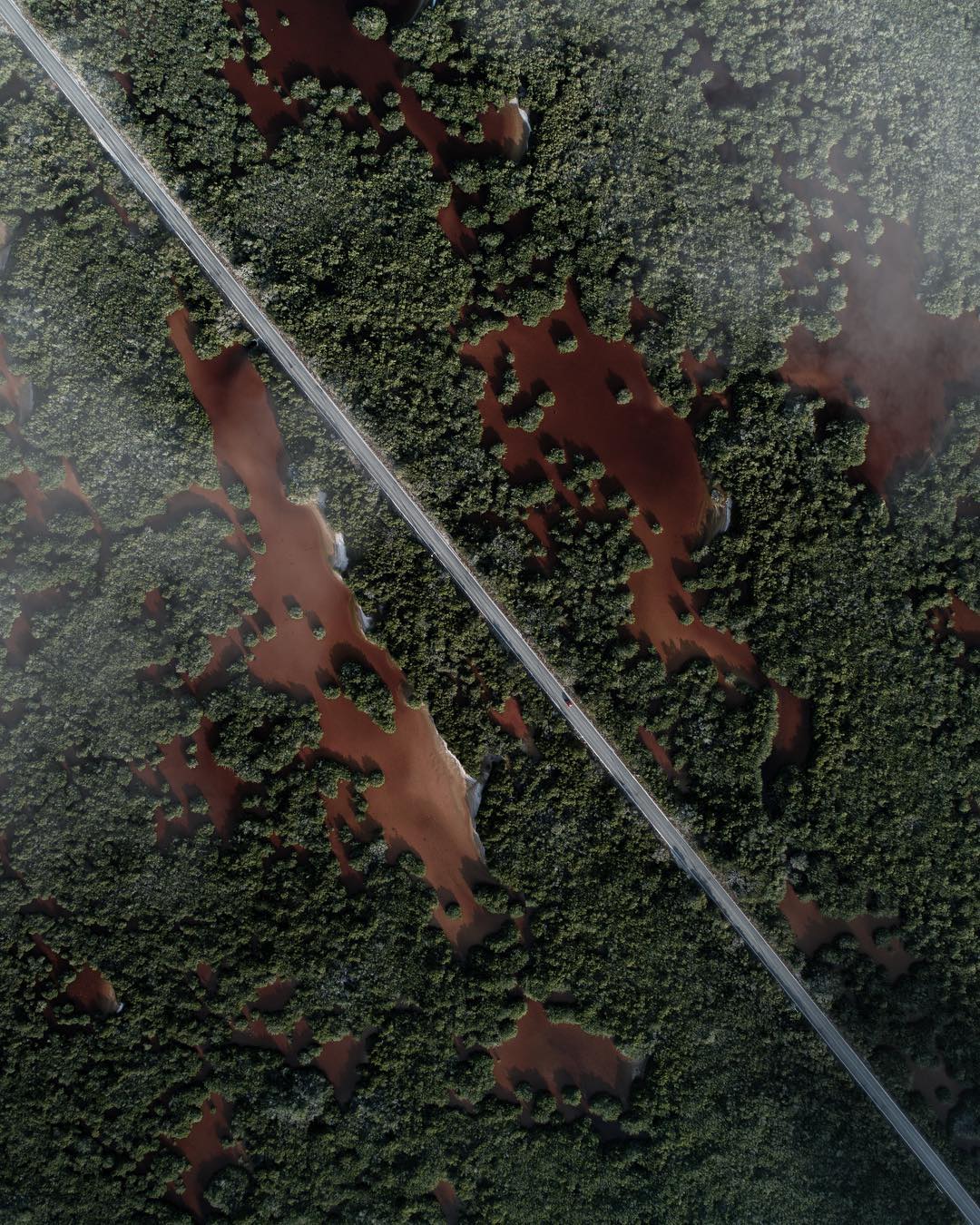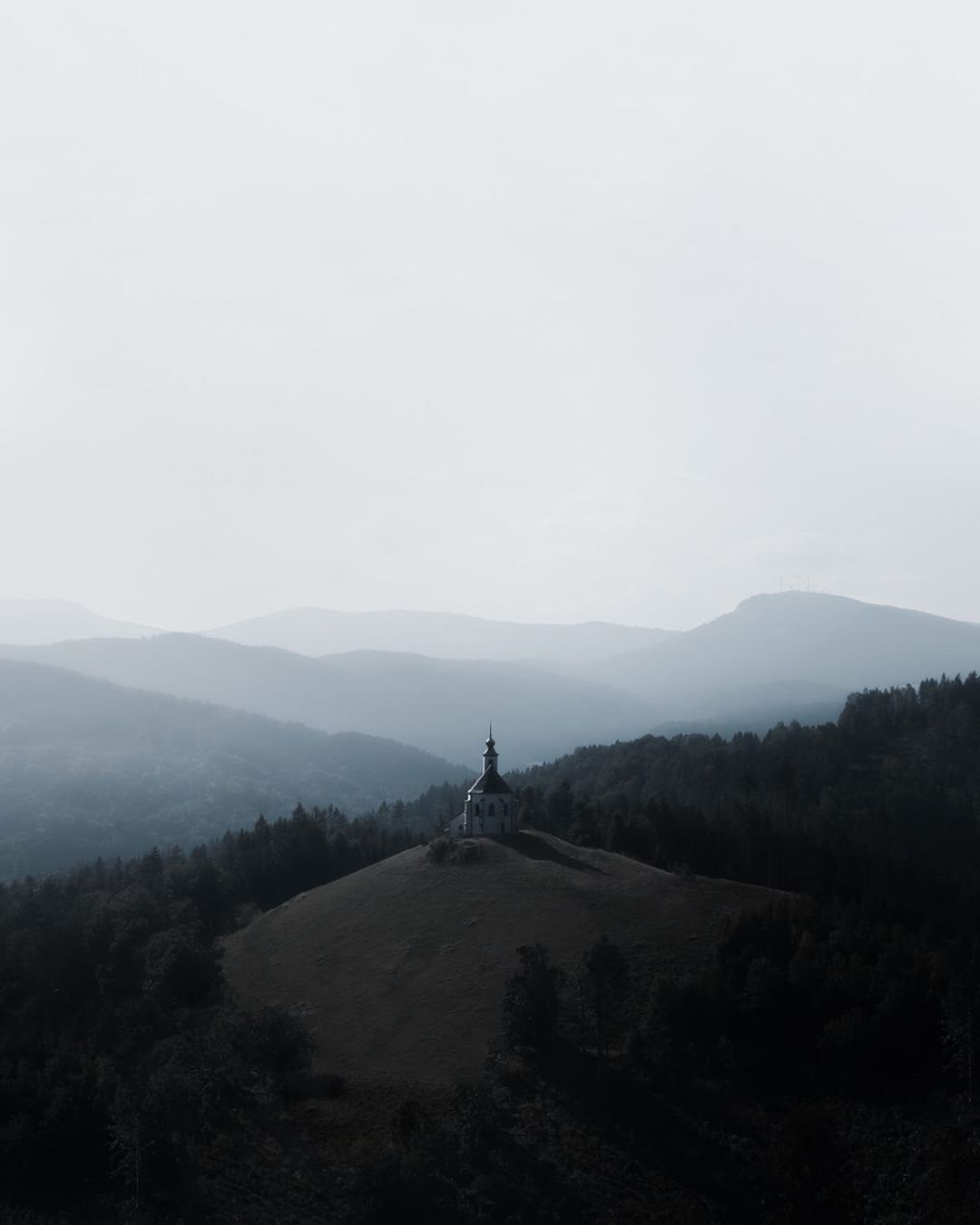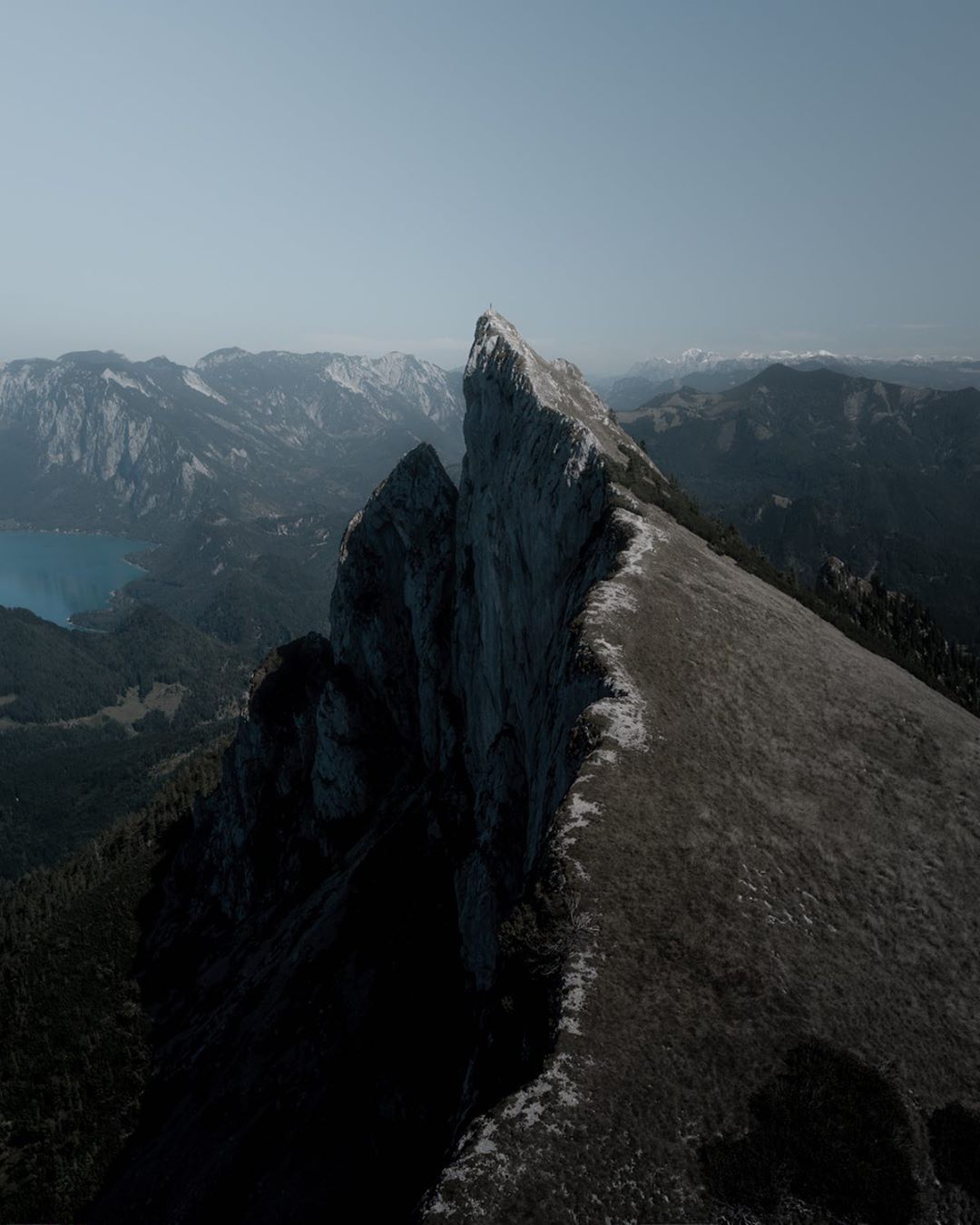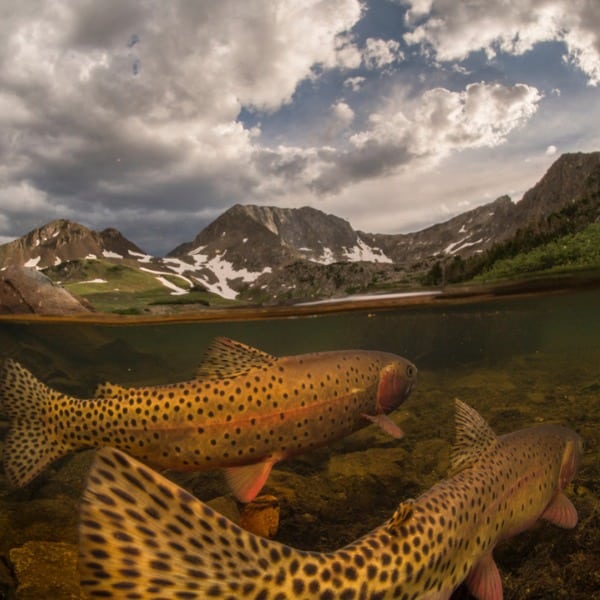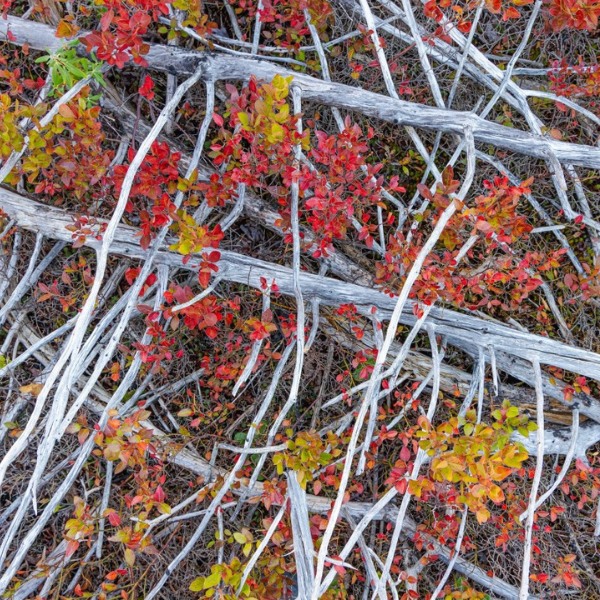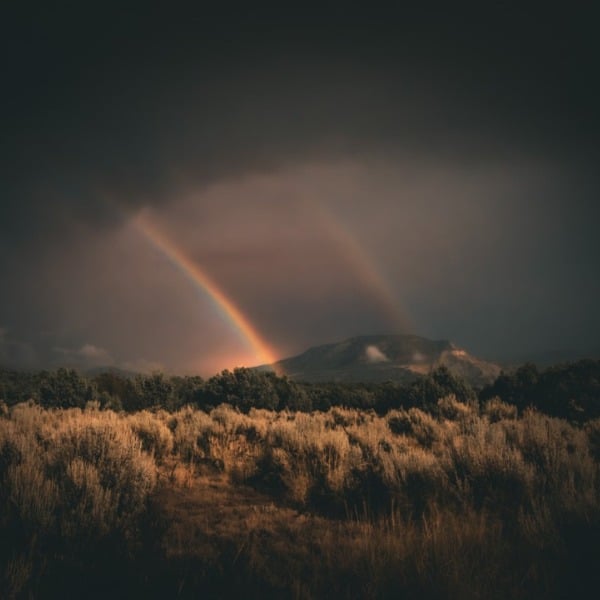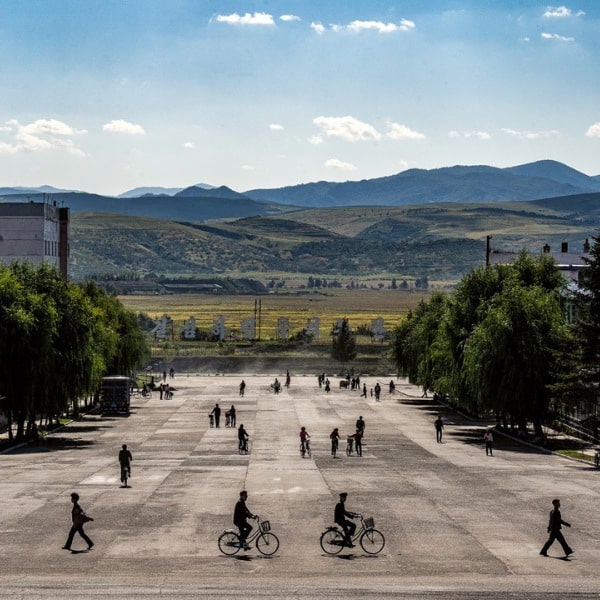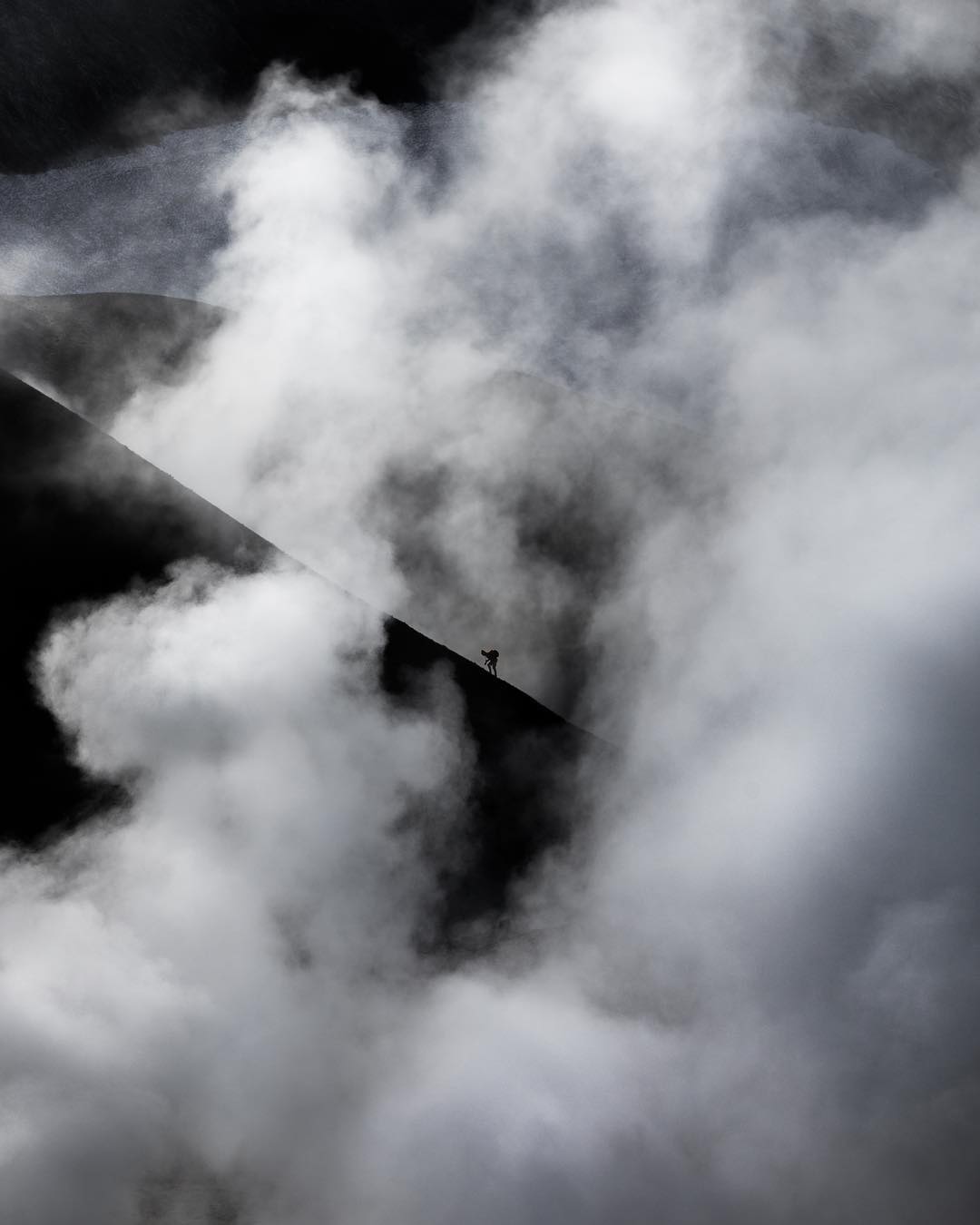
Cinematographer Simeon Pratt masterfully uses his skills for capturing motion to produce dramatic still photographs of landscapes around the globe. With muted colors and a moody atmosphere, the aerial images are a visual feast that evoke haunting narratives. This inspiring work gives a unique glimpse of the natural—and sometimes manmade—world, one that can only be viewed from above.
The clean lines of Pratt's compositions give the perfect balance to the photographs, allowing viewers to drink in the scenery without getting overwhelmed. As a photographer, he places the landscape at the forefront, giving it top billing. So it should come as no surprise that people in Pratt's photographs are dwarfed by the environment, almost swallowed by the enormity of the landscape. In this way, his photography is a tribute to the beauty of nature and is filled with respect for its power.
It's clear that Pratt's work in cinema has translated perfectly into his still photography. Each frame tells a narrative, whether its man versus nature or the impending doom of a looming storm. The artistry of his drone photography allows the viewer to quickly engage with the work and spin a thousand tales about what action awaits if the frame were to come to life.
We had a chance to speak with Pratt about his work in cinema and how it informs his photography, as well as learn more about how he got started with drones. Read on for My Modern Met's exclusive interview.
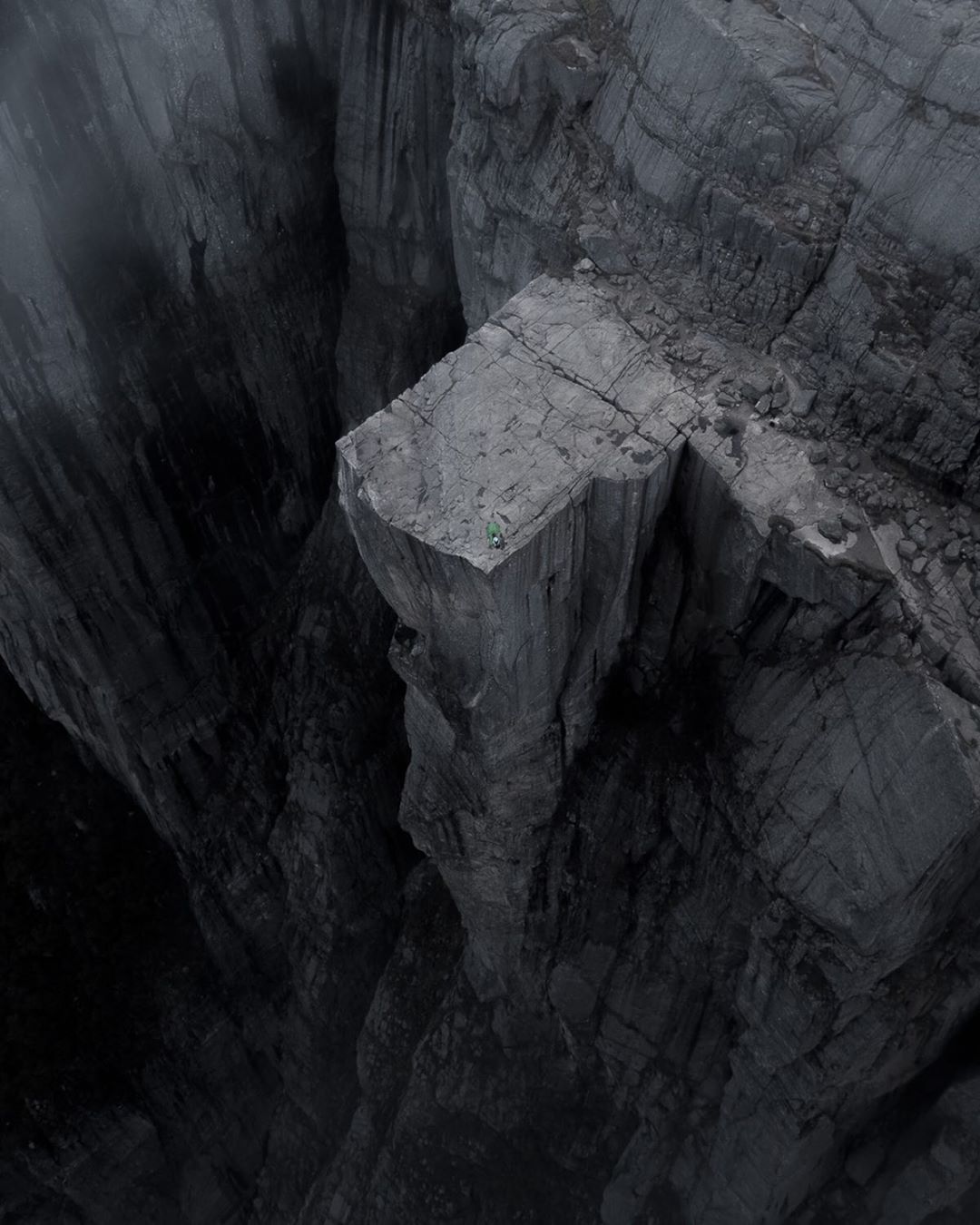
What first sparked your interest in photography and cinematography?
I originally wanted to find a job that would allow me the freedom to travel to at least one new country every year. As I began to travel throughout college, I realized that I needed to find a way to capture the beautiful scenes I was seeing on each of my trips.
From there, I began to take more and more photos, trying to discover unique and abstract views of each of the places I visited. While capturing these photos I quickly found that I wanted something that set my work apart from other work captured at the same locations, and I found the easiest way to do this was through stories told in motion.
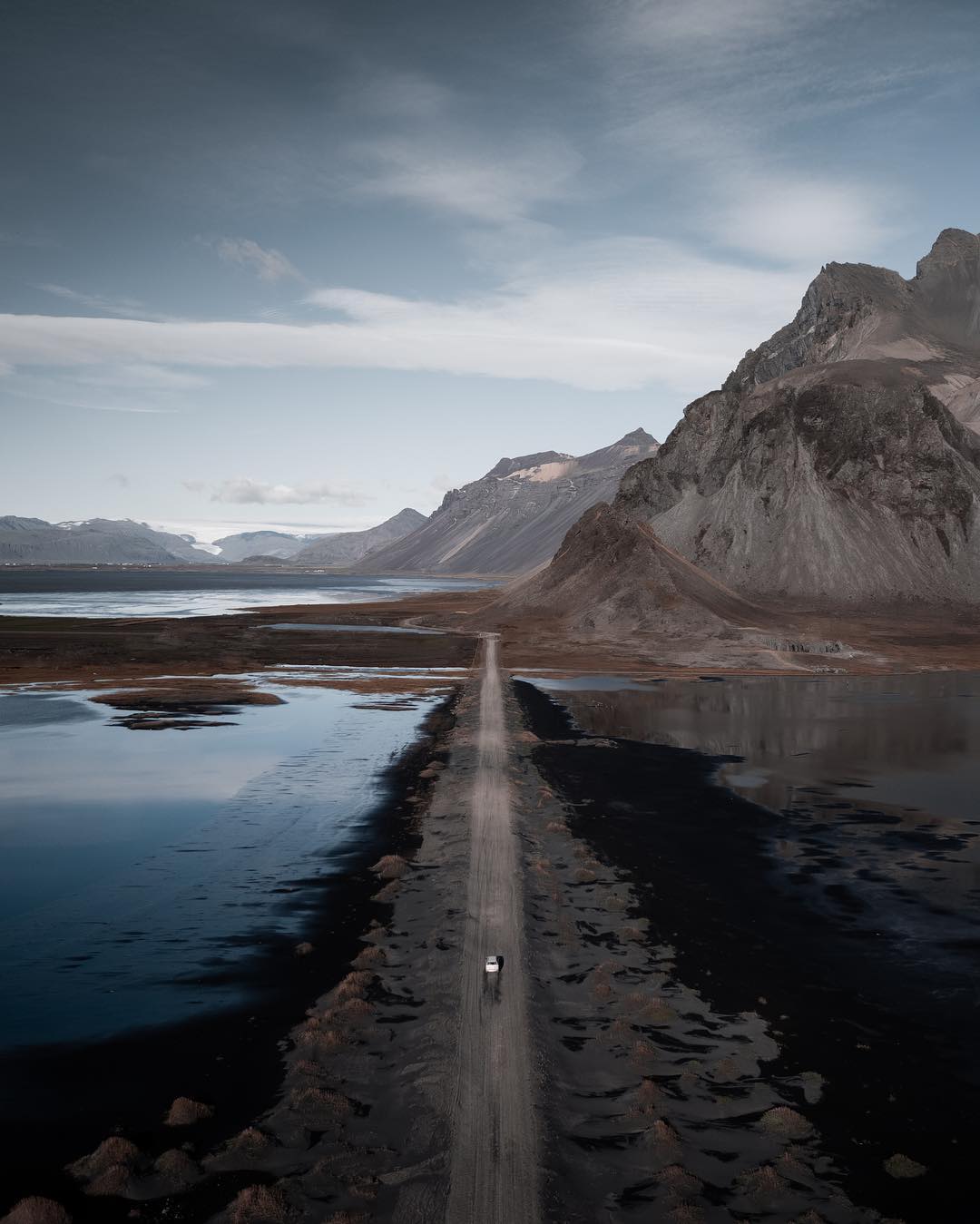
How does your work in cinematography help your still photography?
I think my work trying to capture the mood and story of a scene in motion has translated to my attempt to tell stories through single photographs. While capturing motion works, I also try to think about each frame as a standalone photo.
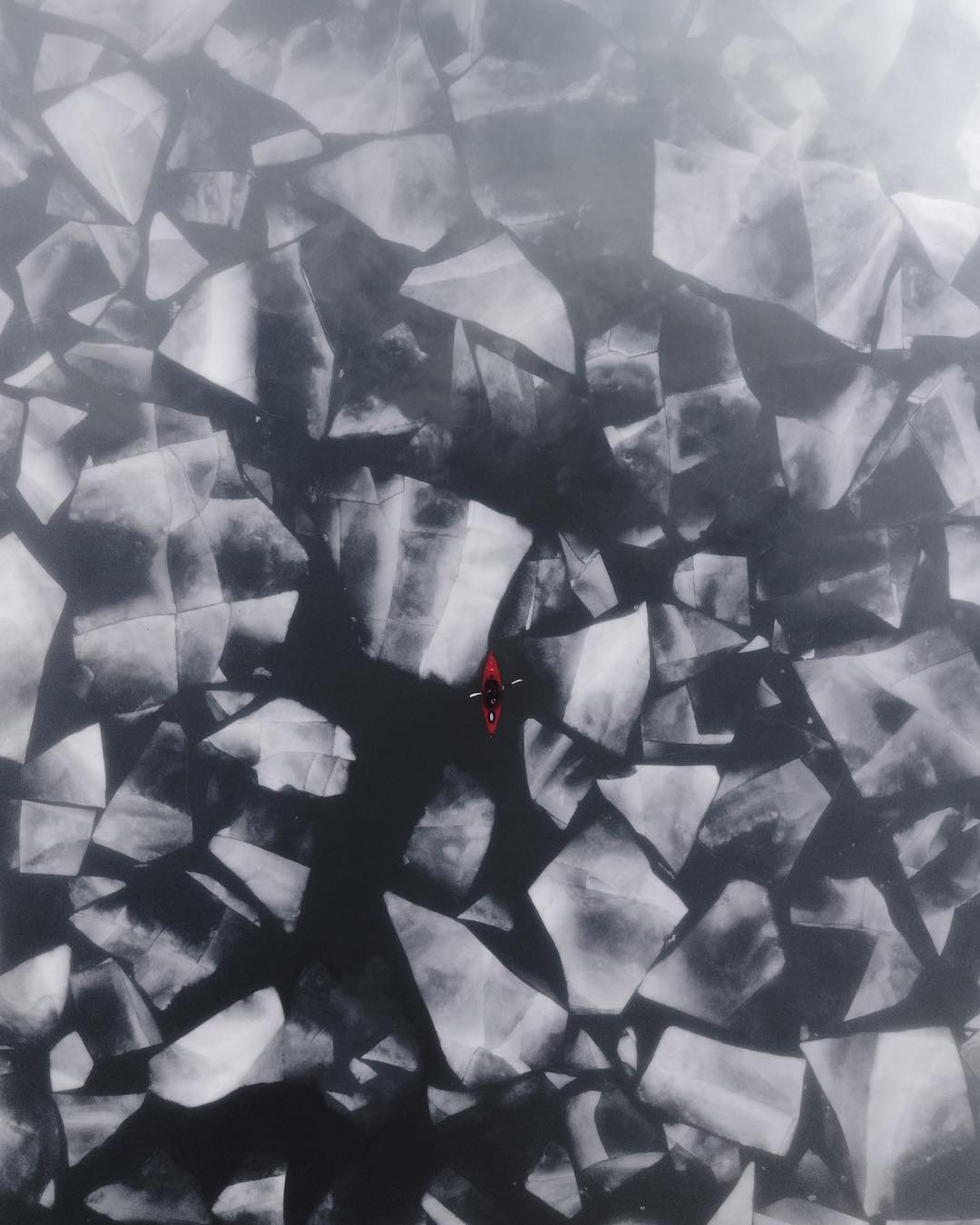
When did you first get involved in drone photography and what is so interesting creatively about this type of photography?
I originally got involved in aerial work because of one particular project that needed wide establishing helicopter shots. Obviously, I couldn't afford this so I settled on the second best thing—a drone. I didn't capture any aerial photos for the first year as I was focusing on motion work, but I soon found that the freedom of airborne framing and composition allowed me to make everyday objects and locations look startlingly different than what we are used to seeing from the ground.
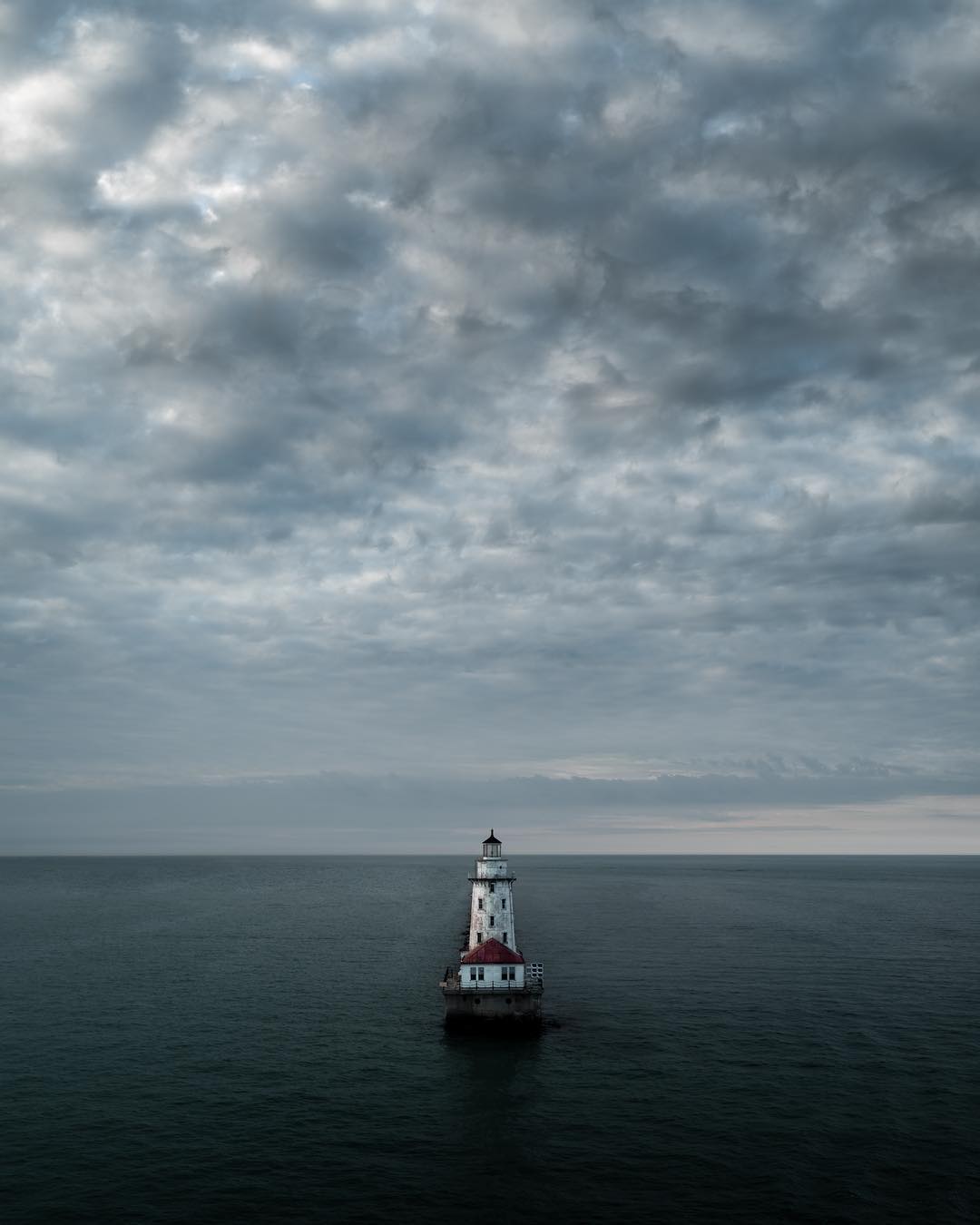
Your style is very minimalist. What do you try to highlight when thinking about a particular frame or composition?
I like to find a scene that I have seen a million times in real life, and make it look like it was taken in an alternate world. I attempt to make my viewers feel as if the image they are seeing is something that they would only be able to see in their imagination.
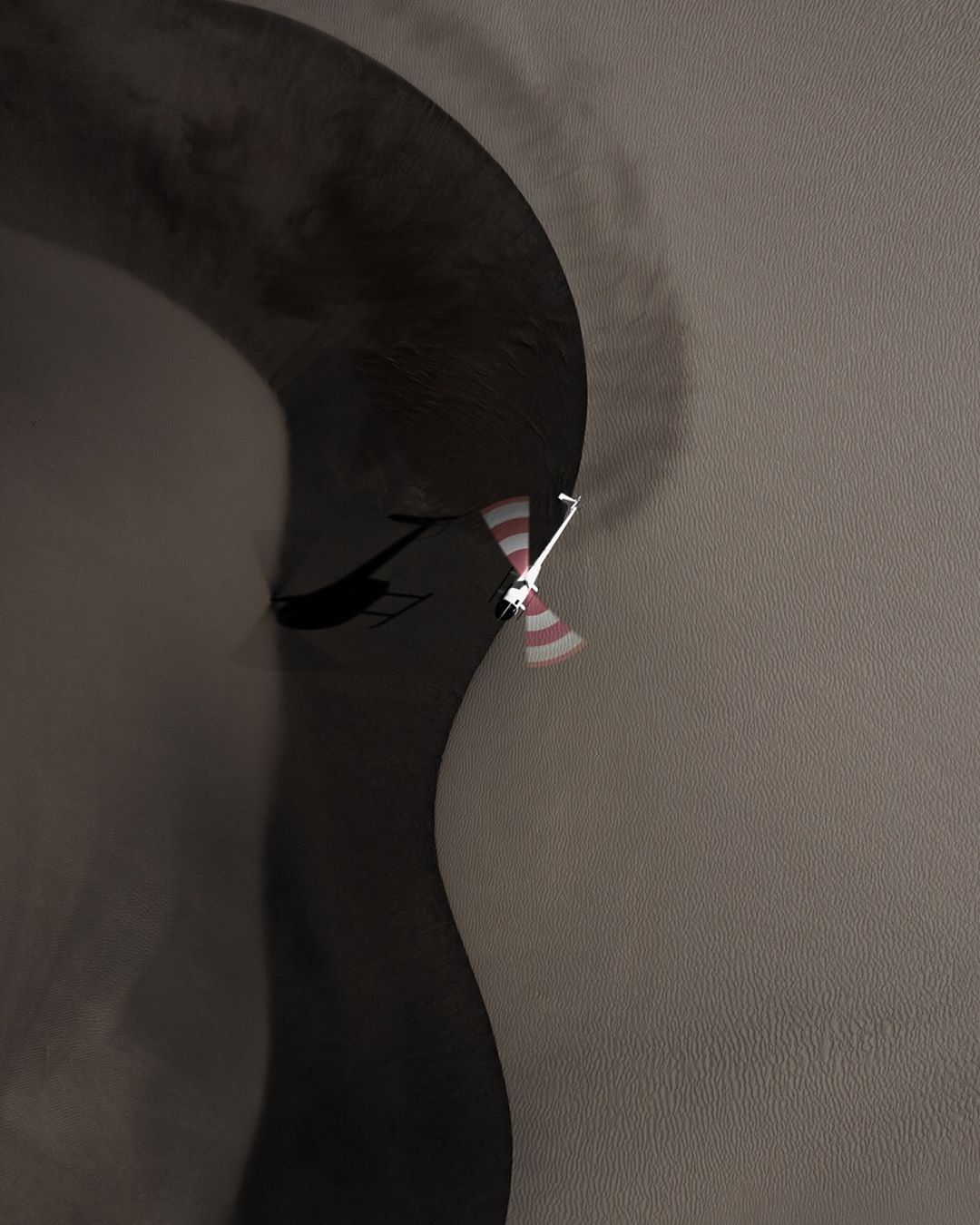
What's the most challenging aspect of aerial photography?
The most challenging aspect of aerial photography is almost always the technical and legal restrictions that inevitably come with flying a very complex machine hundreds of feet in the air. I frequently find that the major limitation to creativity is simply one thing: battery life.
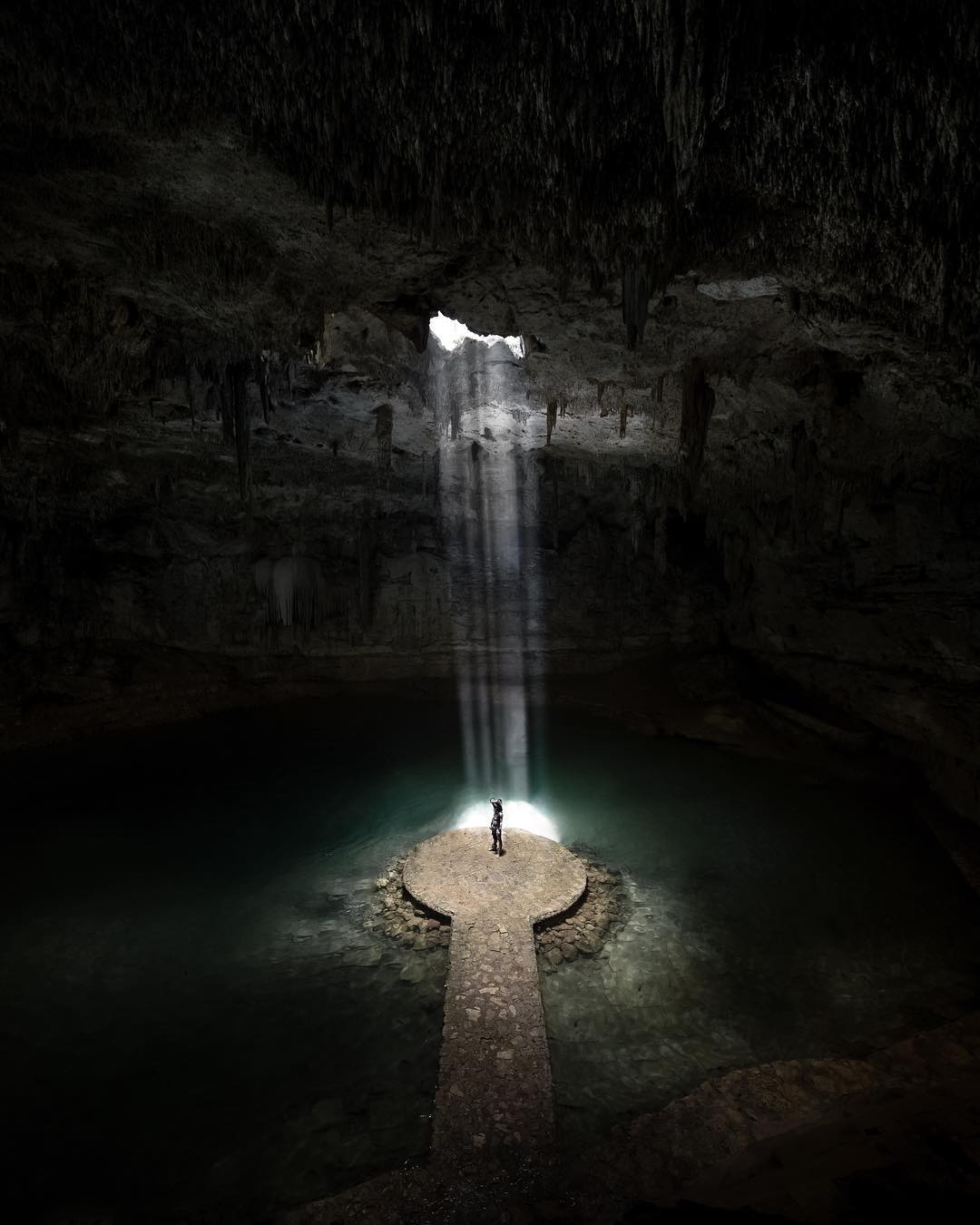
What do you hope people take away from your work?
I hope my work can show people how beautiful, weird, and unexpected our world can be if you search it out.
